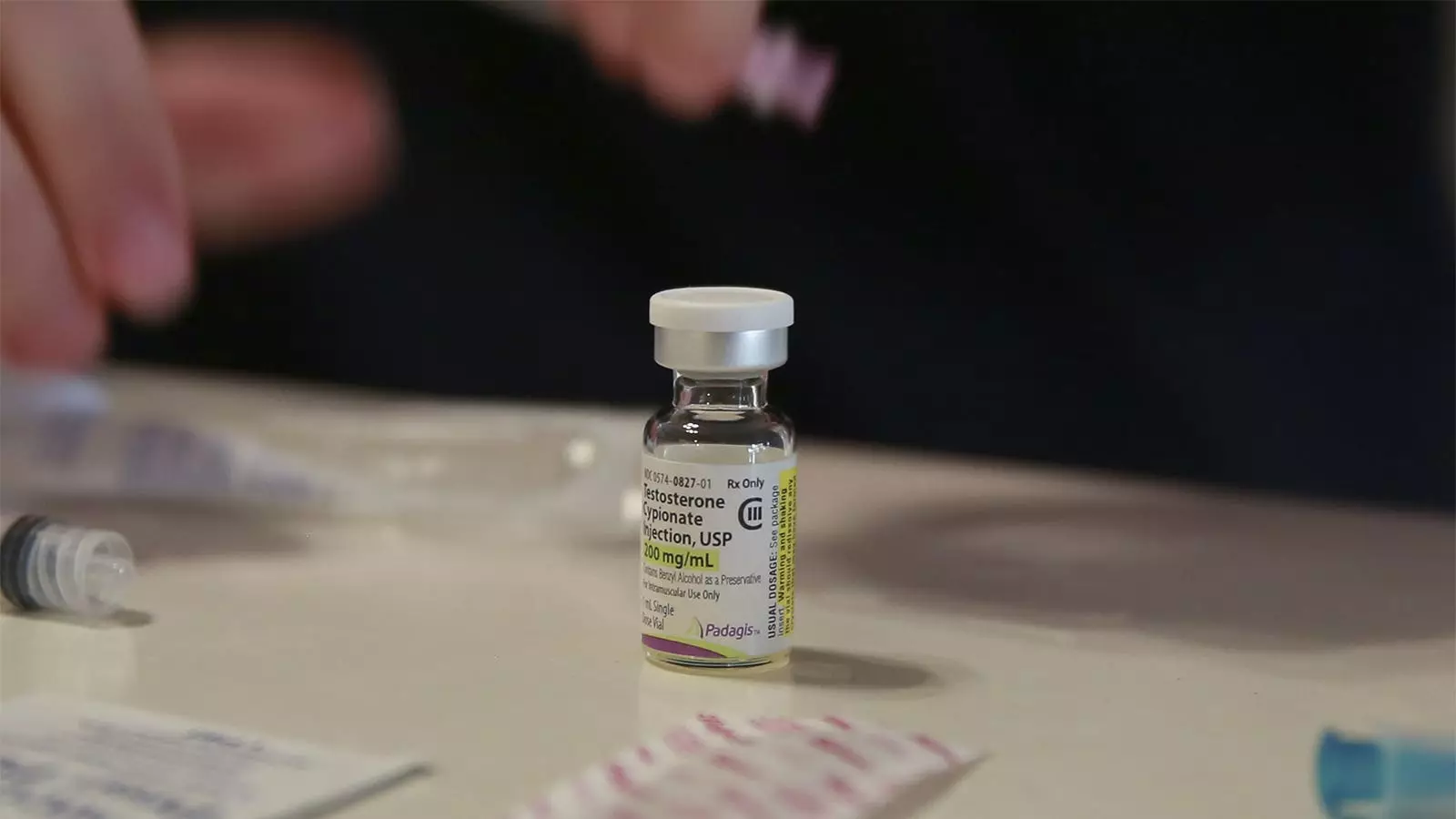The conversation surrounding healthcare for transgender adolescents has grown increasingly polarized in the United States, with various state-level legislations significantly impacting access to care. As legislative debates ensue, a critical understanding of the demographics receiving gender-affirming treatments — such as puberty blockers and hormones — has been clouded by misinformation and sensational claims. A recent study published in JAMA Pediatrics offers much-needed clarity, revealing that the number of adolescents receiving these interventions is significantly lower than commonly assumed. This emerging data invites a deeper examination of how legislation, healthcare, and societal perceptions interconnect and influence the lives of transgender youth.
The study under analysis focused on a vast database of insurance claims involving over five million adolescents aged 8 to 17 over a span of five years. The results unearth a startling statistic: fewer than 1 in 1,000 U.S. adolescents with commercial insurance received gender-affirming medications during that period. This equates to less than 0.1% of the population studied, indicating that the prevalence of these treatments is minimal. Specifically, only 926 adolescents received puberty blockers, while 1,927 were prescribed hormones. Particularly noteworthy is the fact that no child under the age of 12 was administered hormones, hinting at a careful approach by medical professionals when considering treatment plans for younger patients.
Moreover, the study, authored by Harvard public health researcher Landon Hughes, attempts to address the often-exaggerated narratives surrounding the “inappropriate use” of gender-affirming care. Hughes emphasizes that these findings counteract prevalent misconceptions about the frequency and nature of care that transgender youth are receiving, stating, “I hope that our paper cools heads on this issue and ensures that the public is getting a true sense of the number of people who are accessing this care.”
The release of the study comes at a time when more than 26 states in the U.S. have enacted laws that restrict or outright ban gender-affirming medical care for minors. These legal maneuvers have far-reaching implications, impacting both the mental and physical well-being of transgender youth. With ongoing lawsuits facing many states, the legal landscape is uncertain, and decisions from the Supreme Court are anticipated to further delineate this contentious issue.
Understanding the complexities of adolescent gender identity is essential. Scott Leibowitz, co-lead author of the adolescent standards of care for the World Professional Association for Transgender Health, notes the importance of individualized care, which involves a nuanced understanding of when and how to provide medical interventions. He points out that “transgender adolescents come to understand their gender at different times,” highlighting the need for healthcare systems to be adaptable and responsive to each individual’s developmental journey.
Healthcare providers are at the forefront of this discussion, and their expertise plays a crucial role in determining appropriate care pathways for transgender youth. Those involved in gender-affirming care must balance medical guidelines with the psychological and emotional health of their patients. Comprehensive support for transgender youth should not only include medical interventions but also access to psychological counseling and family education to ensure a holistic approach to care.
The tension between legislative actions and medical practice underscores a transformative moment in the progressively evolving field of transgender healthcare. As some states push back against gender-affirming treatments, the need for informed, compassionate care remains paramount. Proper engagement from both healthcare providers and families can lead to more empowering environments for young individuals exploring their identity.
The dialogue surrounding transgender youth and the healthcare they receive should be rooted in accurate data and an understanding of individual experiences rather than fear-based narratives. The findings from the recent JAMA Pediatrics study provide a more grounded perspective on the actual number of adolescents accessing gender-affirming medications.
As discussions continue at all levels—medical, legislative, and community—public awareness can shift towards fostering supportive environments for transgender youth. The healthcare system has a critical role to play in affirming identities, understanding complexities, and ensuring that every young person is met with empathy and informed care strategies. Only by aligning legislative decisions with scientific evidence can a full understanding of the needs of transgender youth be achieved, leading to a more inclusive and supportive society.


Leave a Reply